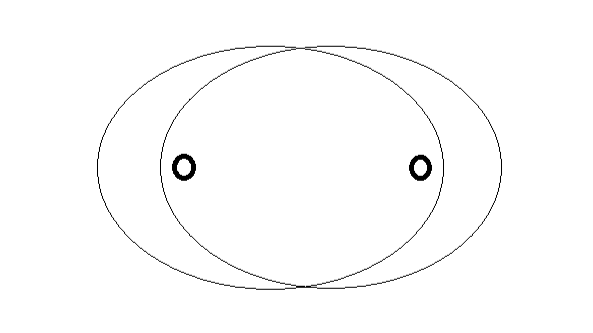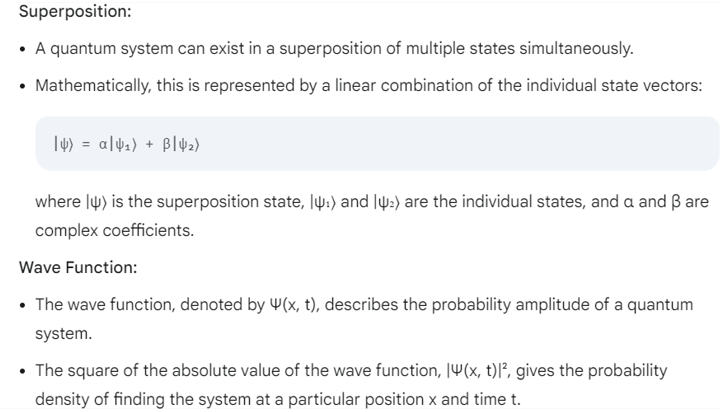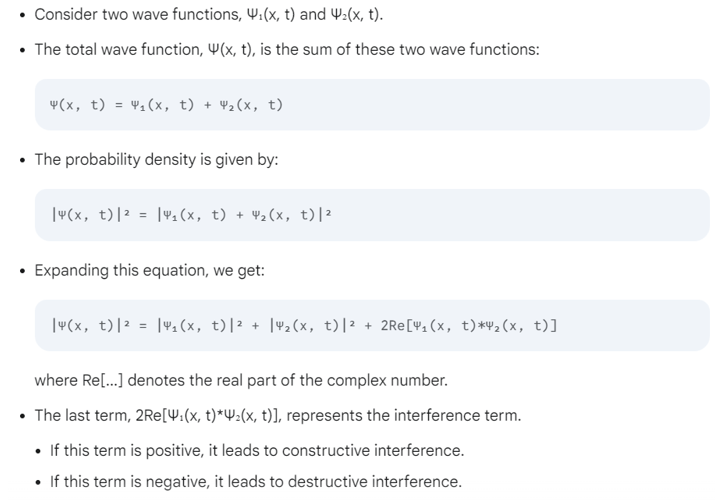What is quantum interference and how it works?
Quantum interference is a fundamental phenomenon in quantum mechanics that arises from the wave-like nature of quantum particles. It's a direct consequence of the principle of superposition, which states that a quantum system can exist in multiple states simultaneously. When a quantum particle encounters an obstacle or a choice of paths, its wave function, which describes the probability of finding the particle in a particular state, can split and interfere with itself.
Wave-Particle Duality

At the heart of quantum interference is the concept of wave-particle duality, which states that all particles can exhibit both wave-like and particle-like properties. For example, in the famous double-slit experiment, when particles such as electrons are fired at a barrier with two slits, they create an interference pattern on a screen behind the barrier, much like waves do, even when fired one at a time. This phenomenon indicates that each particle travels through both slits simultaneously, interfering with itself.
Constructive and Destructive Interference
Quantum interference can be categorized into two types:Constructive Interference When the peaks of two or more wave functions align (are in phase), they amplify each other, resulting in a greater probability amplitude. This means the likelihood of finding a particle in specific states increases.
Destructive Interference When the peaks of one wave function align with the troughs of another (are out of phase), they cancel each other out, resulting in a reduced or zero probability amplitude. This cancels out certain paths or states, thus reducing their likelihood.
Mathematical Foundation
Quantum interference is a fundamental concept in quantum mechanics that arises from the wave-like nature of quantum systems. Mathematically, it's described using the principles of superposition and the wave function.
Key Mathematical Concepts:


Mathematical Description of Interference:

Double-slit experiment
The classic example of quantum interference is the double-slit experiment. In this experiment, a beam of particles, such as electrons or photons, is directed towards a barrier with two slits. If particles were simply classical objects, we would expect them to pass through one slit or the other, creating two distinct bands on a detector screen behind the barrier. However, the observed pattern is a series of alternating bright and dark bands, characteristic of an interference pattern. This demonstrates that the particles behave like waves, passing through both slits simultaneously and interfering with themselves.
Quantum Algorithms and Interference
Quantum algorithms, such as Shor's algorithm for factoring or Grover's search algorithm, rely heavily on interference:
- Quantum Parallelism:By using superposition, quantum computers can explore multiple solutions simultaneously.
- Interference:The correct solutions are constructively interfered to amplify their probability, while incorrect solutions interfere destructively, diminishing their probability.
Practical Applications
Interference in Quantum Computing
Quantum gates manipulate the phase of qubits to harness interference for computational purposes. Quantum Fourier Transform, a crucial component in Shor's algorithm, uses interference patterns to factor large numbers efficiently.
Quantum Sensors and Metrology
These devices utilize interference to measure physical quantities with unprecedented accuracy. Quantum interferometers are used to detect gravitational waves, minute changes in distances, or other environmental factors.
Challenges
While quantum interference holds immense promise, it also poses significant challenges:
- Decoherence:The environment can cause a quantum system to lose its coherence, leading to a loss of interference effects, thus causing errors.
- Precision Control:Maintaining precise control over quantum states and their phases is difficult and requires advanced technology and error-correction techniques.
Conclusion
Quantum interference has profound implications in various fields. In quantum computing, it is crucial for the operation of quantum algorithms. By carefully controlling the interference patterns of qubits, quantum computers can perform calculations that are exponentially faster than classical computers. In other areas of physics, such as optics and condensed matter physics, quantum interference plays a vital role in phenomena such as superconductivity and superfluidity. Understanding and harnessing quantum interference is essential for advancing our knowledge of the quantum world and developing new technologies.